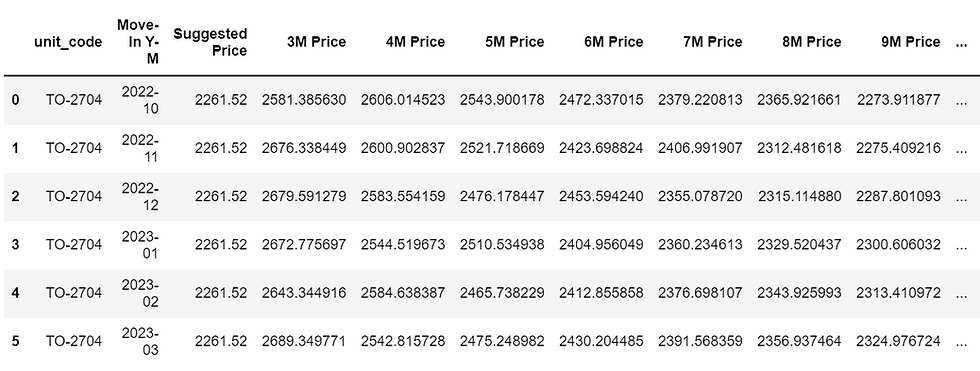How To: Customer Analytics
- michaelwoolfson
- Mar 25, 2022
- 3 min read
Customer analytics is the process of leveraging insights from customer behavior data in order to make key business decisions via market segmentation, predictive analytics, and other analytical tools. These insights are used to better satisfy customers, to pinpoint marketing methods, and to allow data driven companies to realize higher ROI on marketing expenditures and higher revenues.
Todays customers are interacting with companies more frequently and through more interaction channels than ever, whether that is through an online store, social media, brick and mortar locations or others. The sheer volume and variety of data coming from these sources make this process increasingly complex. However, when this internal data is aggregated, potentially in combination with external sources such as demographic data, a new depth of insights will be realized – how do our customers behave, what drives different levels of purchases, who are our most valuable customers? These are all questions that when answered, can increase the efficacy of marketing materials, improve relationships with your customers, and ultimately improve customer acquisition and drive customer loyalty.
Fundamental Metrics
Sales per customer
Customer lifetime value
Time between purchases
Average transaction size
Transaction frequency
Sales segmented by demographics customer segmentation analytics
RFM (recency, frequency, monetary value of purchase)
More Advanced Metrics
Demographic breakdown
Psychographic customer profile
Purchase/usage patterns
Churn
Advertising touch points
Data reports you should have:
Monthly churn reports (using survival analysis to highlight most at risk of user),
Monthly activity reports (used to display trends in activity and identify catalyst to purchases)
Segmentation analysis (grouping customers in order to better understand and target customers )
CLV (highlights valuable customer and can be used to compare with cost of customer acquisition)
More sophisticated data driven organizations have used predictive analytics to increase profitability and top line revenue. Next Best Offer Analytics uses predictive analytics to identify the products or services that specific customers are most likely to be interested in purchasing next given past and current behavior.
The efficacy of this technique can be maximized by:
Thinking of the next best action instead of next best offer, well suited for any customer centric organization
Harness shopping basket data to examine the relationship between product purchases. This can assist in discounting and bundling decisions
Searching for significant events that indicate customer need, as shown by their past behavior or similar behavior by other customers who act similarly
Synchronizing inbound and outbound marketing efforts
Reserve push marketing tactics as a fallback
The largest and most popular organizations leverage customer analytics daily to increase revenue and improve loyalty. In August 2017, Verizon unveiled Verizon Up, a rewards program offering personalized rewards, unlike typical rewards programs where users accumulate points that can be redeemed for discounts or products from an online catalogue.
After researching and understanding the awards program space, Verizon understood that the lackluster, cookie-cutter rewards offered through most rewards programs did not offer the utility that the 21st century consumer was looking for.
By leveraging customer data, individual users will each get personalized rewards as data from earning and redemption are used to deliver a maximum value reward for each customer.
On an individual basis, Verizon likely used methods such as multivariable analysis methods such as regression or neural networks in order to better understand their customers. On a macro scale, cluster analysis was likely used to segment their users, allowing users with similar buying behavior to receive rewards most useful to them.
In the long term, the potential benefit for this program for Verizon are unparalleled. By continuing to deliver quality rewards, they will be able to increase the usage of the rewards program, learning more about customers hobbies, interests, likes and dislikes. This can be used throughout their marketing efforts to lower cost of customer acquisition and to drive loyalty.
Conclusion
If you want to better understand your customers, then feel free to reach out to us today to hear about how we might be able to help!




Comments